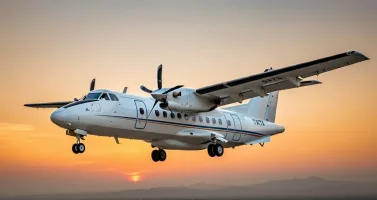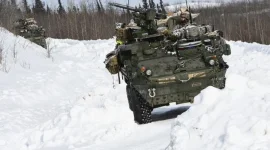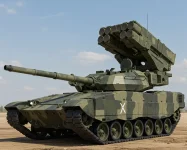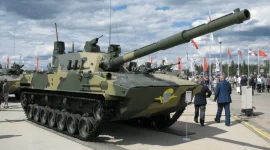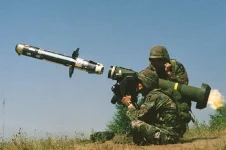
In a strategic maneuver to bolster its defensive capabilities along the tense border with China, the Indian Army is nearing completion of acquiring a new field firing range in the northeastern region. This move follows the decommissioning of a critical firing range in Uttar Pradesh due to the construction of an airport in Ayodhya, highlighting the need for alternative training grounds.
Field firing ranges play a pivotal role in the Indian Army's training regimen, ensuring that both new recruits and experienced soldiers remain combat-ready. The lack of a secure and functional firing range significantly hampers the armed forces' operational preparedness. A senior Army official stressed the safety concerns posed by the Ayodhya airport, stating, "With the new airport operational, it is no longer safe to conduct maneuvers or artillery firing in that area." The new northeastern range, situated close to the Chinese border, will facilitate crucial training exercises without compromising safety.
Once operational, the new range will cater to the Army's training needs for deploying heavy weaponry, including tanks and infantry combat vehicles. These exercises are vital in preparing the Army to defend India's borders, especially in the challenging terrains of the northeast. The acquisition also signals India's intent to strengthen its military presence along the border with China, where tensions have escalated in recent years.
The relocation from Ayodhya underscores the delicate balance between national development and military preparedness. While the airport's construction is a significant infrastructure project, it inadvertently impacted the existing range, necessitating the search for a new location.
The Army's forward-thinking approach extends beyond acquiring new ranges. It is also embracing green technologies, introducing electric buses and planning to induct electric cars, motorcycles, and more buses. Collaborations with IOCL and NTPC are underway to establish green hydrogen plants and buses, particularly in high-altitude areas.
Moreover, the Army is transitioning from traditional animal transport to modern vehicles like all-terrain and rugged-terrain vehicles for last-mile connectivity in mountainous regions. The Remount and Veterinary Corps continues to expand its use of military dogs, including indigenous breeds trained for various roles.
Through these efforts, the Indian Army demonstrates its unwavering commitment to maintaining a robust defense posture. By acquiring a new field firing range and adopting cutting-edge technologies, the Army ensures its personnel possess the skills and tools necessary to protect the nation's sovereignty and security.

